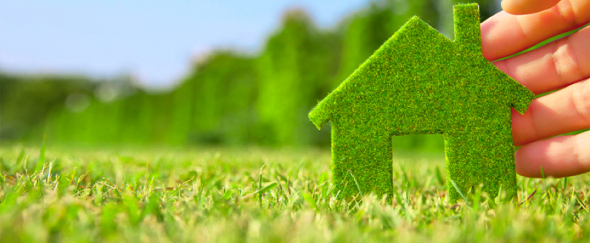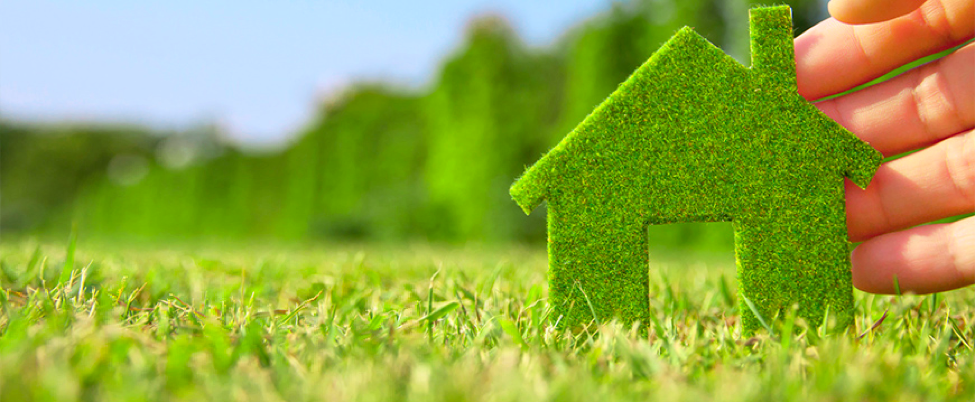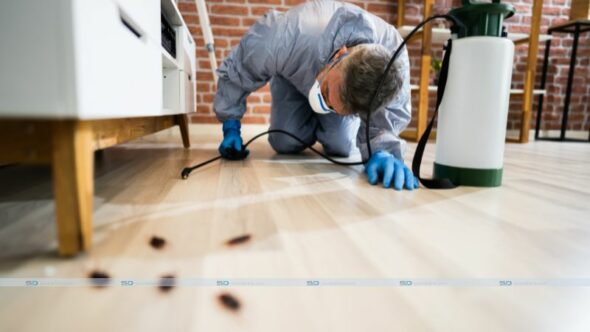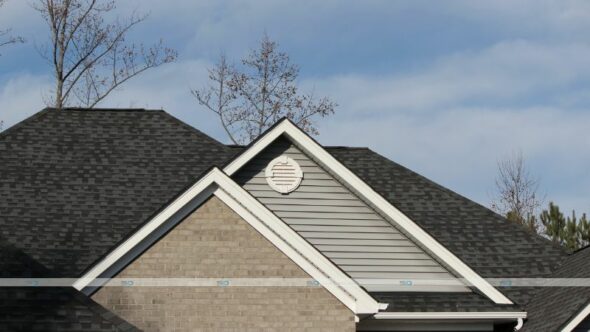While many refuse to acknowledge the rapidly increasing effects of climate change, others are banding together to create communities where everyone does their part to minimize the negative impact humans have on the environment. By building homes made of sustainable materials that are powered by renewable energy and use efficient water systems, and fostering a sense of community around these practices, these eco-friendly neighborhoods lead the way for a greener future.
Energy
These neighborhoods make use of renewable energy such as solar power, hydropower and even geothermal heating and cooling systems. This means that as well as being eco-friendly, residents of these neighborhoods actually pay less for power. That’s right, guilt-free air conditioning on those brutally hot summer days!
Many of these neighborhoods also practice reduction in traditional energy sources, which means they may use traditional power sources when necessary. This means you can still use electric heaters that are energy efficient, when renewable sources aren’t practical or available. If you want to adopt these practices at home, energy efficient products are a good place to start if you aren’t quite ready to go fully renewable.

Building
The homes in many eco-friendly communities are built using sustainable materials, as concrete production is bad for the environment, due to high CO2 emissions. Building methods such as rammed earth, HempCrete, bamboo and recycled materials are used to make these homes.
Not only are these materials used eco-friendly, but the way they function also adds to the overall sustainable nature of the dwelling. As previously mentioned, the buildings include outfitting for some type of renewable energy. The materials used to construct the homes are also particularly functional when it comes to insulation, keeping cool or warm air inside and therefore requiring less energy from the power source.
Community
The most important factor in making these eco-friendly neighborhoods work is a sense of community. The residents must be committed to a common set of ideals in regards to their impact on the environment as well as contribute to the overall care of the community. Managing such a high level of sustainable practices requires residents to adopt a specific set of behaviors in order to be successful. For most people in regular communities, just remembering to recycle or turn off lights you aren’t using can be hard behaviors to maintain. Residents of these communities have to be conscious of many additional practices and really commit to their way of life.
While adhering to these principles may sound like a chore, it’s not hard work. The idea of quality of life is important in these communities. Making people’s lives easier and better through sustainable behaviors is a key motivator to ensuring the practices work. For example, if you want people to walk or bike instead of driving, you have to make the neighborhood easy to access via pathways. Many of these communities also include shared green spaces, such as community gardens or recreation areas. The more people become involved in their community, the more they will contribute and the better the community will work towards its goals.
While we might not all be ready for the kind of commitment involved in living in an eco-friendly community, there are a lot of concepts we can learn from them and adopt in our own lives. Being conscious of our energy consumption, using sustainable materials and contributing more in our own communities are just some of the ways we can leave less of a negative footprint.







